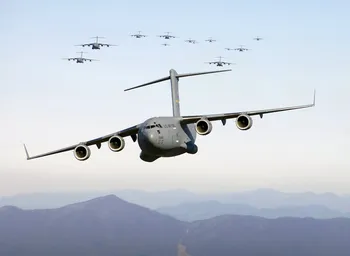Expected Outcome:
To significantly advance the following development actions:
- IR-3-01 Next generation ATC platform addresses the next generation ATC platform, fully leveraging aircraft capabilities. This includes supporting a data-sharing service delivery model, resilient integrated CNS/MET as a service, traffic synchronisation, etc., accommodating the specific needs of the military, innovative air mobility (IAM), higher airspace operations (HAO), and U-space, etc.
- IR-3-02 Artificial intelligence (AI) capabilities enabling the next generation platforms.
- IR-3-03 Cyber-resilience and cyber-security capabilities enabling the next generation platforms.
- IR-3-04 Separation management for high levels of automation.
- IR-3-05 Demand capacity balancing (DCB) and airspace configuration concepts for high levels of automation.
- IR-3-06 Future human - machine teaming.
- IR-3-07 Ground capabilities for reducing ATM environmental footprint. This includes climate-optimised trajectories including non-CO2 effects (e.g., contrails), environmentally optimised climb and descent operation, advanced required navigation performance green approaches, dynamic allocation of arrival and departure routes considering noise and local air quality, green ATC capacity concept, flexible eco-friendly clearances, wake energy retrieval (WER)[1], integration of sustainable aviation fuels (SAF) and zero emissions aircraft, environmental performance dashboards, etc.
- IR-1-01 Integrated air/ground trajectory management based on ATS-B2 including the extension for lower airspace and airport surface.
This includes advancing the capabilities of the following systems:
- Ground systems: core ATS platforms for en-route and TMA operations.



